Author's Note
This article represents the completion of the Biogeist Theory I published in my last piece. It felt incomplete without addressing the essential nature of how consciousness intricately connects while being an emergent property of the systems of life—or potentially a priori, a first truth that precedes the existence of life altogether.
Humanity has always struggled with conflict. To reach the next evolution of our civilization, we're going to have to relate to one another differently. It matters less how the leap in consciousness comes to be, as long as it brings a new understanding of our shared universe that allows us to safely wield technology with frame breaking ability.
How thoughtfully we handle things like fusion reactors creating infinite energy, faster than light travel, or even a society assisted by intelligent humanoid robots—all foretold by sci-fi stories—will hinge on our capacity to expand our consciousness, hold onto meaning, and maintain connection with one another as a species.
The Vessel Principle
In the Biogeist framework, we've established that a field of resonant information guides biological organization and adaptation. Now we must consider a fundamental extension: consciousness itself operates as a container whose capacity and complexity directly correlate with the sophistication of its biological vessel. Much like how the quality of a sound system determines the richness of music it can reproduce, the biological architecture sets both the floor and ceiling for conscious experience.
Building on the Biogeist Theory's premise that a resonant information field shapes all life, we now explore how consciousness itself functions as an expandable container—bounded by biology yet capable of transcending its physical limitations.
This concept unlocks the mystery of consciousness across species and offers a roadmap for the future evolution of awareness. Plain and simple: different containers, different experiences.
The Architecture of Experience
The container principle operates through three interconnected dimensions:
1. Structural Capacity
Neural networks provide the physical architecture that processes the resonant information field
More complex neural arrangements allow for higher-dimensional conscious experiences
The human neocortex represents an evolutionary quantum leap in container capacity
2. Informational Bandwidth
Simpler organisms access only narrow bands of the resonant field
Each evolutionary advance expands the bandwidth of accessible information
Human consciousness can process multiple layers simultaneously—from sensory data to abstract concepts
3. Self-Reference Mechanisms
The container must be able to model itself to achieve higher consciousness
This creates the recursive loop where awareness becomes aware of itself
The more sophisticated the self-modeling capability, the richer the conscious experience
The Evolutionary Staircase
Consider consciousness as existing on an evolutionary staircase, with each step representing a more complex container:
Reactive Awareness (simple organisms): Basic stimulus-response patterns with minimal internal states
Centralized Awareness (insects, fish): Coordinated sensory processing with primitive memory
Emotional Awareness (mammals): Addition of limbic systems creating rich emotional landscapes
Self-Aware Consciousness (primates, especially humans): Recursive modeling capacity enabling recognition of self and other
Meta-Conscious Awareness (human potential): The ability to observe and modify one's own conscious processes
Each step represents a transformation, not a simple addition—similar to how your smartphone enables entirely new categories of applications compared to a basic calculator. We're talking quantum leaps in capability, not incremental upgrades.
Quantifying Container Capacity
While we lack precise metrics for conscious capacity, several proxy measures suggest themselves:
Neural Density: The number of neurons and connections in ratio to body size
Integration Complexity: The sophistication of cross-modal processing
Temporal Depth: The ability to model past and future states
Abstraction Capability: The capacity to work with increasingly non-concrete concepts
Resonant Field Bandwidth: The range of frequencies from the biogeist field the organism can process
But to truly understand these measures, we must remember their origin story. As established in the Biogeist Theory, consciousness didn't emerge from matter alone—it arose from the cosmos's elemental programming language in continuous feedback with local materials. This cosmic code, embedded in the fabric of reality itself, expresses through DNA as information, which then manifests as living organic machinery like the brain.
The human brain, with its roughly 86 billion neurons and quadrillion synaptic connections (that's 1,000,000,000,000,000 connections), represents the most complex container we've directly observed. Yet this remarkable structure is merely the current apex of a process that began with the first atoms dancing to the biogeist field's rhythm. Each neuron, each synapse, each thought is the universe's way of experiencing itself through increasingly sophisticated vessels.
Even this biological marvel likely accesses only a fraction of the total information available in the resonant field—like a radio tuned to certain frequencies while missing others with our awareness being the quartz dial.
The container evolved to perceive what was necessary for survival, not the full spectrum of cosmic information flowing through the field.
Unlocking the Container: Meditation and Spiritual Practice
Having established the theoretical framework, we now turn to a practical paradox: while the biological complexity of our neural architecture sets the theoretical capacity of our conscious container, most humans operate far below this potential ceiling. Think of it as owning a Ferrari but never taking it out of first gear—the capacity exists but remains largely untapped.
This is where contemplative traditions enter the picture. For millennia, humans have developed sophisticated techniques that appear to expand conscious awareness, not by altering the biological container itself, but by optimizing how fully we utilize its existing capacity:
1. Meditation and Neural Integration
Long-term meditation practice correlates with increased connectivity between brain regions
Studies show enhanced gamma wave synchronization in experienced meditators
These practices don't add neurons but optimize their functional integration
2. Attention as Container Expansion
Directed attention acts as a spotlight that illuminates specific aspects of consciousness
Contemplative practices train sustained, non-reactive attention
This training may effectively expand the container by removing internal obstructions
3. Transcendent Experiences as Bandwidth Expansion
Mystical experiences reported across cultures suggest temporary access to broader informational bandwidth
These states correlate with reduced activity in brain regions associated with self-referential processing
The experience often includes a sense of "boundlessness" consistent with container expansion
These practices reveal the remarkable "headroom" within our existing neural architecture. Most humans operate with significant unused container capacity—essentially running basic software on quantum hardware. The key insight being: the container isn't waiting for some future upgrade. It's upgrading constantly through every "aha" moment, every expanded awareness, every breakthrough in understanding. When you have that moment of sudden clarity, you're not just learning—you're downloading an update from the biogeist field, and that update becomes available to the entire human network.
Conceptual Expansion Through Tools
The third pathway for consciousness expansion emerges through the tools that transform our conceptual frameworks. Throughout history, instruments that extend our senses have dramatically recalibrated our understanding of reality:
Observational Instruments: Telescopes revealed the vastness of cosmos; microscopes unveiled previously invisible worlds
Measurement Tools: Clocks transformed our relationship with time; navigational instruments changed our conception of space
Information Systems: Writing, printing, and digital systems externalized memory, creating shared knowledge repositories
Artistic Evolution: Art itself serves as a consciousness-expansion tool, with each breakthrough in representation reflecting deeper understanding. The discovery of perspective in Renaissance painting emerged alongside Newtonian physics. Surrealism bloomed with relativity's challenge to fixed reality. Now, hyperrealism, simulacra, and AI's ability to conjure infinite variations from our collective visual history signal we're due for another reality-shifting breakthrough. Art tracks the evolution of perception itself, each movement a new frequency band opened in consciousness
These tools don't augment consciousness directly but revolutionize our conceptual frameworks. A telescope doesn't enhance the eye—it reveals a universe our eyes evolved without needing to perceive. This revelation permanently transforms our mental models of existence.
When Galileo observed Jupiter's moons, human consciousness collectively expanded through the profound conceptual shift from geocentrism to heliocentrism. It took some time, but the container grew because our mental model of cosmic reality fundamentally transformed.
This transformation spreads through humanity via an underlying connective mechanism that transcends direct communication. Once a critical threshold of individuals integrates a new paradigm, it becomes increasingly accessible to others—even those with no direct contact with the original insight. The biogeist field potentially provides the medium through which these transformative conceptual structures propagate, allowing humanity to collectively evolve its container without requiring each individual to independently make the same discovery.
The field is always accessible—right now, in this moment, you can tap into the collective wisdom of human consciousness. The more people who actively recognize this connection and help others reach these expanded states, the faster our collective evolution accelerates. We're approaching a tipping point where these individual upgrades are converging into something larger—a massive consciousness update that will be reflected in the technological breakthroughs about to emerge.
Collective Consciousness and the Nested Container
Individual containers don't exist in isolation but interface with each other, creating nested conscious systems:
Family/Tribal Consciousness: The first level of conscious nesting
Cultural/Societal Consciousness: Larger fields with emergent properties
Species Consciousness: The total human awareness operating at planetary scale
Biospheric Consciousness: The integrated awareness of all life forms
Each level processes different aspects of the resonant field, with information flowing both upward and downward. Individual human consciousness thus sits at a fascinating intersection—complex enough to be self-aware yet embedded in larger systems that transcend individual perspective.
This corporeal foundation—our shared DNA structures and the chemical composition of our environment—creates a biological symphony that harmonizes with the field. When our containers evolve, they do so through actual physical processes: neural pathways reinforcing, neurochemistry shifting, epigenetic markers activating—all dancing in resonance with the informational patterns of the biogeist field local to our side of the galaxy, and specific to our solar system and planet.
The Threshold Question
Perhaps the most profound question raised by the container model is whether there exists a threshold beyond which consciousness transforms into something fundamentally different. Just as water becomes steam at 100°C, does consciousness undergo phase transitions at specific levels of container complexity?
We stand at the cusp of such a threshold now. Within the next decade I expect humanity will encounter a number of discovery’s so profound it will fundamentally rewrite our understanding of consciousness, reality, and our place in the cosmos. Call it first contact, call it the consciousness singularity, call it the unified field breakthrough—the label matters less than the impact.
When it arrives, remember this: these technological leaps aren't separate from the biogeist field. They're emerging because our collective container has expanded enough to receive them. The technology is the manifestation, but the consciousness expansion is the cause. Staying grounded as these breakthroughs emerge means remembering that all of it flows from our intrinsic biological connection to the greater field.
The burdens that once occupied our collective bandwidth—survival, scarcity, limitation—are gradually lifting. This liberation creates space for the container of human consciousness to expand toward what aesthetics, philosophers, and spiritual leaders have gestured at throughout history. For the first time, humanity collectively enters the driver's seat of its own evolution.
Expanding the Container: Breakthrough Experiences
Container expansion happens through breakthrough experiences that recalibrate our perception of reality:
1. Boundary-Breaking Exploration
The first humans to cross oceans, reach the poles, or land on the moon experienced consciousness-expanding moments
Each physical boundary crossed creates a corresponding expansion in human conceptual containers
The "Overview Effect" astronauts experience when seeing Earth from space exemplifies this transformation
2. Paradigm-Shifting Discoveries
Einstein's relativity fundamentally altered our conceptual container of space-time
Quantum mechanics forced a complete rethinking of causality and materiality
Future scientific breakthroughs will create similar expansions in our mental models
3. Novel Information Processing
Learning entirely new frameworks literally rewires neural pathways
Each new conceptual system we master creates additional "rooms" in our container
The brain physically reorganizes to accommodate these expanded awareness capabilities
These boundary-expanding experiences work by adding context, recalibrating our place in the universe, and tuning our consciousness to previously inaccessible frequencies in the bio-resonant field.
The Next Frontier
The container principle transforms our understanding of consciousness from a simple emergent property into a capacity shaped by its vessel. This perspective bridges materialist views (focusing on neural complexity) with field-based approaches (emphasizing the resonant information matrix). Consciousness emerges from the dynamic partnership between field and vessel—one providing infinite potential, the other providing actualization capacity.
As we continue advancing both our understanding of consciousness, the biology that carries it and the technologies that might enhance it, the container metaphor reminds us that the question isn't just what consciousness is, but what it might become when housed in vessels of ever-increasing complexity.
Most importantly, recognize that every moment of expanded awareness contributes to the collective elevation of human consciousness through the resonant field. Your personal "aha" moment upgrades your container and sends updates to the field, making that expansion easier for everyone else. We're not evolving separately; we're upgrading together, one consciousness at a time.
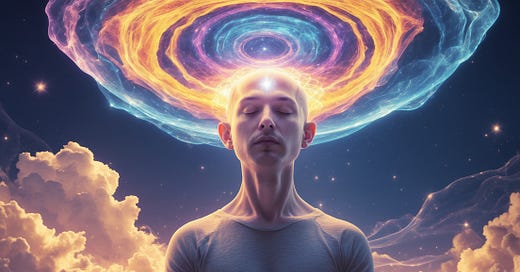


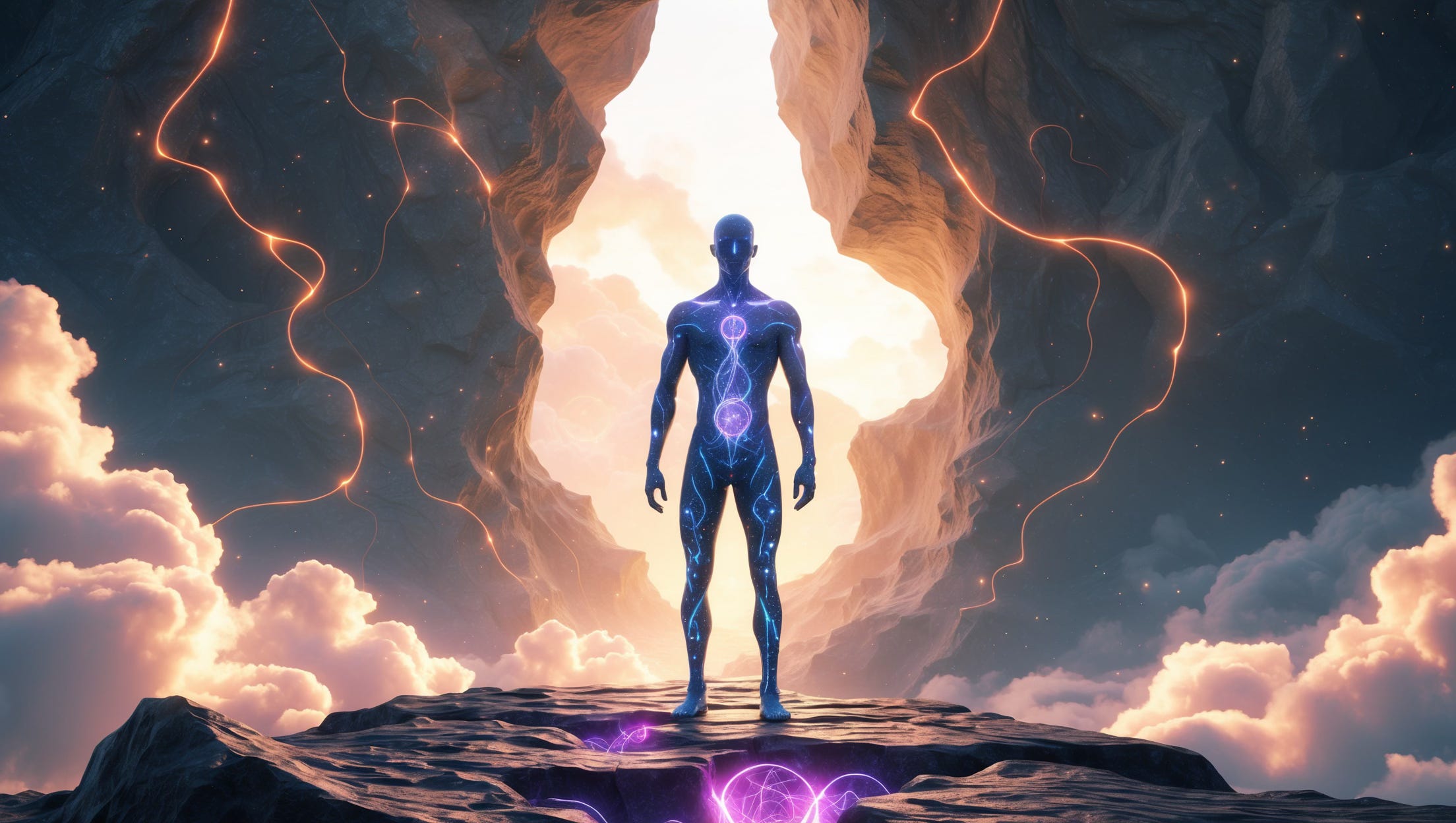
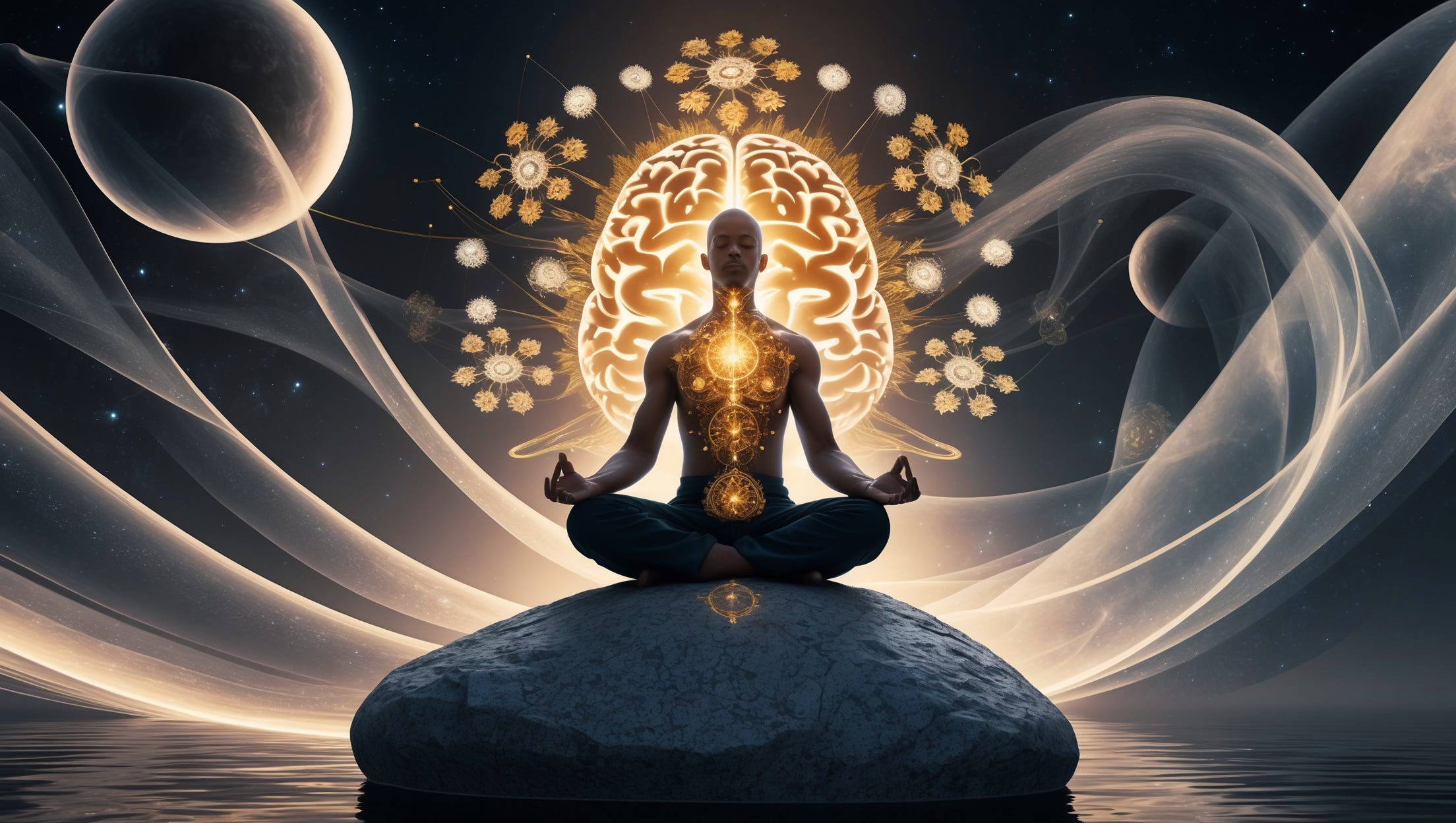

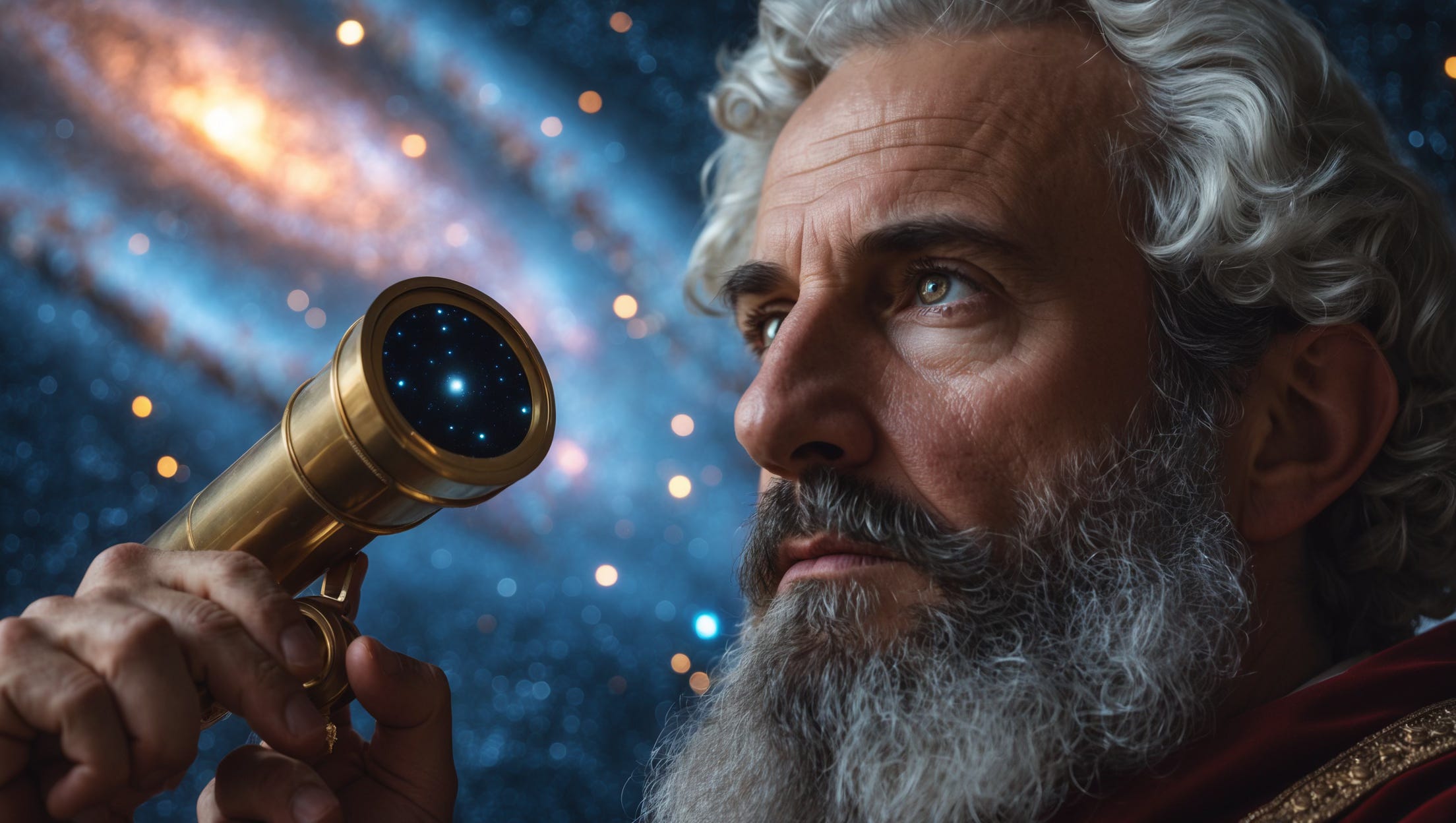
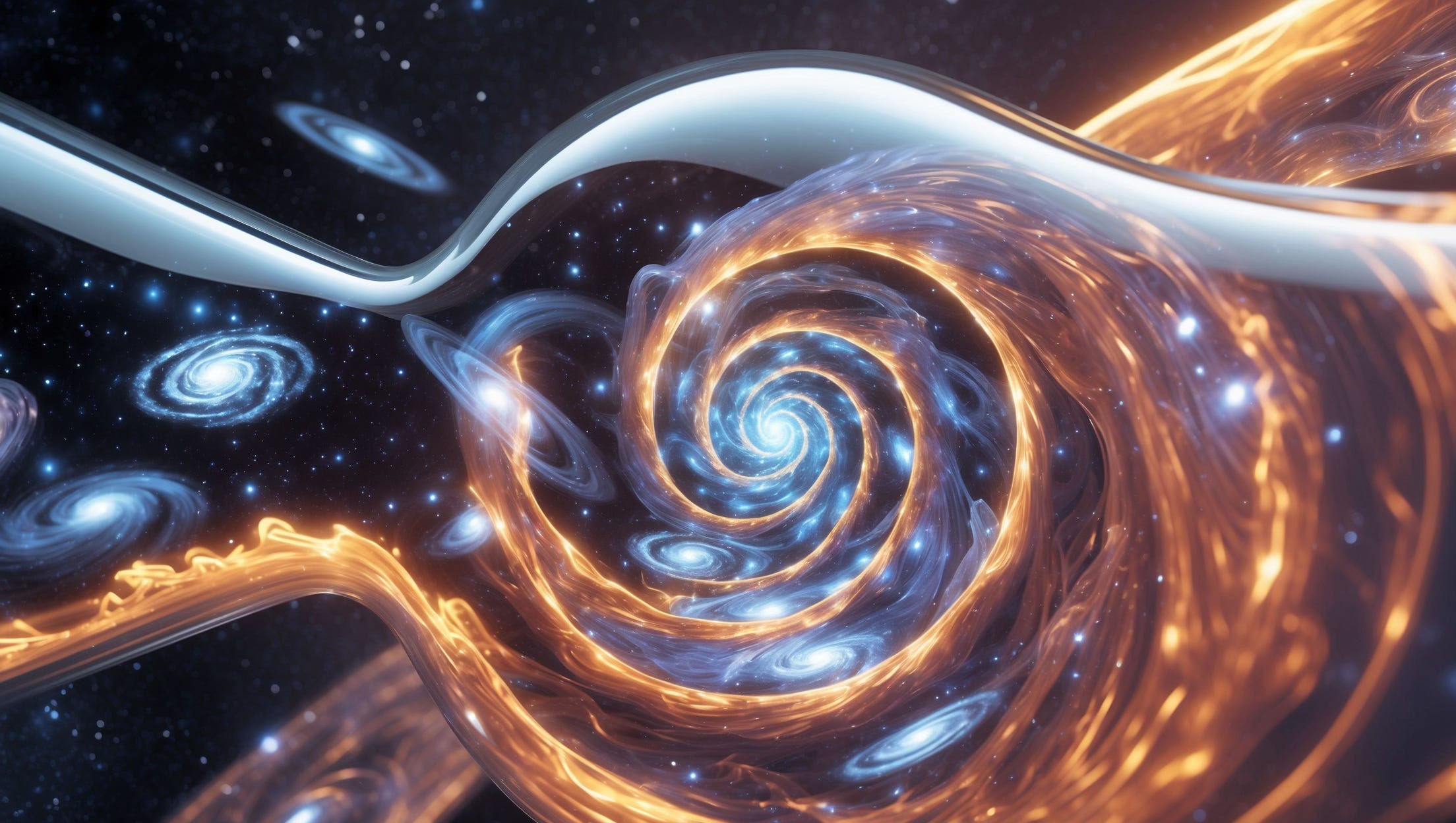
Very interesting read. Your points on using exercises like meditation or cultural ceremonies to, at least temporarily access previously dormant neural pathways, that can allow us to have lasting changes on our conscious perspectives of self and other, took me to the current interactions between cultures, individuals, spiritualism, and science, with the use of psychedelics. It also made me think of how collective consciousness, or more specifically our collective social constructions, can either block our ability to advance in new concepts and ways of thinking, or block it, and that often becomes the great battles of division within society that both halt, and spring forward new concepts.
Despite research done decades before now, the “war on drugs” allowed the idea of conscious expansion to the hippies and the dreamers, but as our collective consciousness on how we view and what we know about drugs has caused a major shift. Marijuana is legal, you can buy mushrooms and other substances online with fewer worries of “getting busted by the man”. The legitimacy of science has allowed us to be open to using drugs to heal, to grow, to expand, with fewer worries that what you are doing is wrong and not legitimate cause “drugs are bad mkay?”. So now we continue to be caught between the knowledge that drugs are destructive and cause harm, and drugs are beneficial and healing, and both hold valid truths.
So, how do we as societies hold onto our truths and understandings while also being open to challenging those truths and understandings in order to access different realms of collective consciousness? How do we stay anchored in the safety of knowing self and other as they currently exist without blocking new pathways of awareness and collective consciousness? How open can we be to the unknown and the uncomfortable without losing ourselves in an existential crisis of fear and confusion? How do we move forward and allow ourselves to be receptive to new ways of thinking if we have already established that what we know is right and true already?